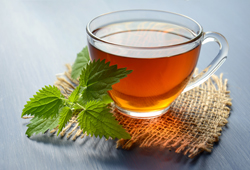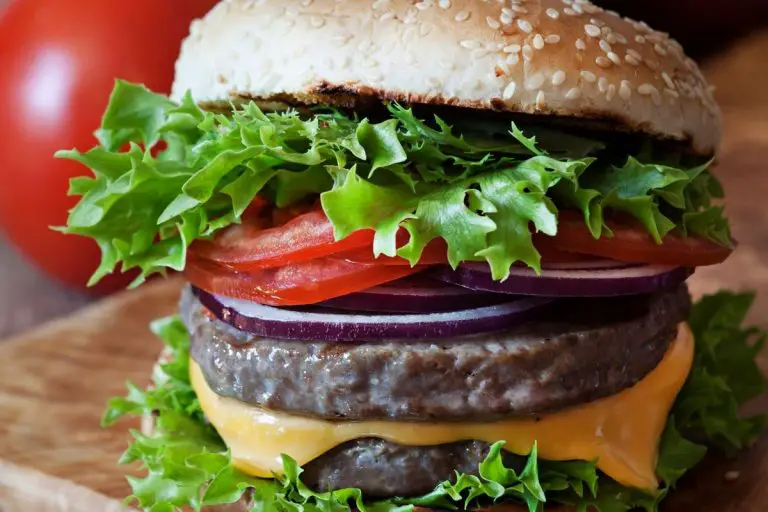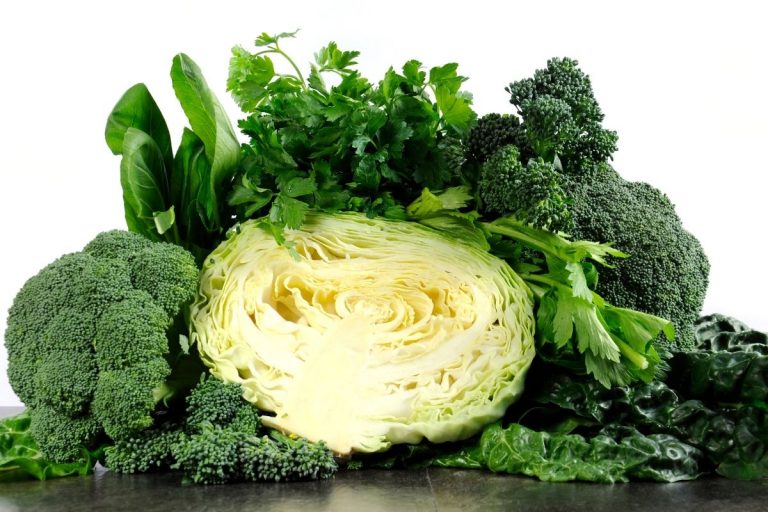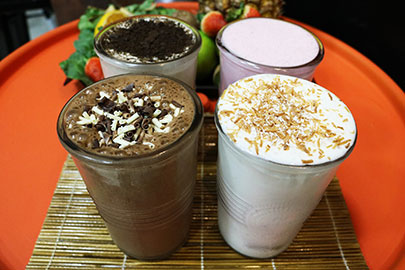Raw vs Uncooked: All the differences you need to know
If you’ve ever found yourself mulling over the words ‘raw’ and ‘uncooked’ in a recipe or while browsing the grocery store aisles, you’re not alone. It’s a common question that causes a fair bit of confusion, and I’m here to clear things up.
The main difference between ‘raw’ and ‘uncooked’ lies in the context. The term ‘raw’ refers to foods eaten in their natural state, often linked to specific diets such as raw food eating. The term ‘raw’, on the other hand, is broader and refers to any food that has not yet been cooked.
Stick around as we dive into these terms, the nuances behind their meanings, the health implications of eating raw or uncooked foods, and much more.
What Does ‘Raw’ Mean in Food Terms?
Raw food – it’s a term you’ve probably heard quite a bit. But what does it really mean? Raw food, in its simplest sense, refers to food that hasn’t been cooked, processed, or treated with heat. Think fruits, vegetables, nuts, seeds, and even some meats and fish.
Raw foods also have a starring role in certain diets. The raw food diet, also known as raw veganism or raw foodism, advocates eating foods in their natural, uncooked state. Sounds straightforward, right?
Understanding the Term ‘Uncooked’
On the other side of the coin, we have the term ‘uncooked’. Much like raw food, uncooked refers to food that has not been subjected to heat. So, an apple straight from the tree? Uncooked. Fresh salad greens from your garden? Also uncooked.
There are times when food is left uncooked on purpose. Ever heard of steak tartare or ceviche? These are dishes that feature uncooked meat or fish, and they’re utterly delicious. People also often eat foods like salads and fruits uncooked to enjoy their fresh taste.
Comparing Raw and Uncooked Foods

Even though both terms refer to food not treated with heat, they’re often used in slightly different contexts.
Raw foods often refer to foods eaten in their natural state, particularly in the context of a raw food diet. Uncooked food, on the other hand, could refer to anything not cooked yet – like that pasta sitting in your pantry.
The major difference lies in the way we typically use these terms.
‘Raw’ often relates to foods that can be consumed as they are. ‘Uncooked’, on the other hand, typically describes food items that still require cooking.
Health Risks Associated with Raw and Uncooked Foods
Both types of food can harbor foodborne illnesses such as Salmonella, E.coli, and Listeria. It’s like a bad lottery you don’t want to win!
Proper food handling is a lifesaver – literally. Washing fruits and veggies thoroughly, and ensuring raw foods (especially meats) are stored correctly can go a long way.
Remember, prevention is better than cure!
Advantages of Consuming Raw and Uncooked Foods
Raw and uncooked foods are not all bad news. In fact, they can pack a powerful nutritional punch.
Raw foods, especially fruit, vegetables and nuts, are packed with vitamins, minerals and enzymes. The secret? Heat can destroy certain nutrients, but these foods have not been cooked, so you retain all their benefits!
Uncooked foods, like salads, offer a different kind of sensory experience. They can provide a crunchy texture and fresh taste that cooked food sometimes loses.
How Cooking Affects Nutritional Value and Safety
Alright, let’s talk about cooking. It’s not just about turning up the heat. Cooking can alter both the nutritional content and safety of food.
Cooking can be a bit of a party pooper for some nutrients, especially heat-sensitive ones like Vitamin C and certain B vitamins. However, it’s not all a nutritional downer. Cooking can actually make some nutrients, like lycopene in tomatoes, more available for our bodies to use.
As for food safety, cooking is a superstar. Heat kills most harmful bacteria and parasites that can lead to foodborne illnesses. So while you might lose some nutrients, you also lose potential health hazards.
Comparison table: Raw vs Uncooked
| Raw | Uncooked | |
|---|---|---|
| Definition | Food that hasn’t been cooked, processed, or treated with heat | Food that hasn’t been subjected to heat |
| Examples | Fruits, vegetables, nuts, seeds, raw meats and fish | Fresh fruits, salads, uncooked meats and fish, uncooked grains like rice or pasta |
| Usage | Often refers to foods consumed in their natural state, especially in a raw food diet | Generally refers to food that still needs to be cooked |
| Health Risks | Can contain bacteria leading to foodborne illnesses | Can harbor bacteria or parasites leading to foodborne illnesses |
| Advantages | High in vitamins, minerals, and enzymes | Fresh taste, different textures |
Related Questions
What is a raw food diet?
A raw food diet is a lifestyle choice where people consume mainly uncooked, unprocessed foods. It’s often plant-based, with fruits, veggies, nuts, and seeds at the forefront.
Are there risks to a raw food diet?
While a raw food diet has its perks, there are risks too. Potential nutrient deficiencies, digestive problems, and exposure to foodborne illnesses are concerns. It’s essential to take a balanced approach to any diet.
Is it safe to eat raw or uncooked foods?
Raw and uncooked foods can be safe to eat, provided they are handled and prepared correctly. Some foods, such as raw meat or eggs, should generally be cooked to kill harmful bacteria. Fresh fruits and veggies should be washed thoroughly.
Are there foods that should never be eaten raw?
Some foods are generally unsafe to eat raw, including most types of meat, poultry, and eggs. Certain beans, like kidney beans, can also be harmful when eaten raw due to naturally occurring toxins. Always do your research before trying a new food raw.






